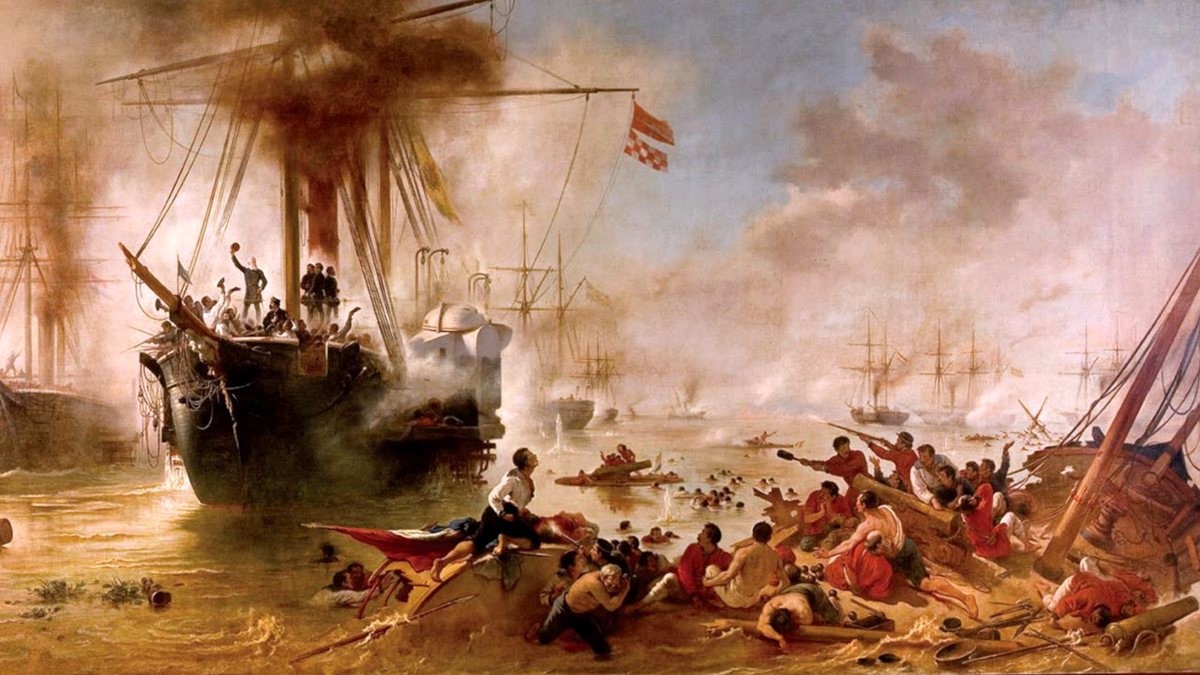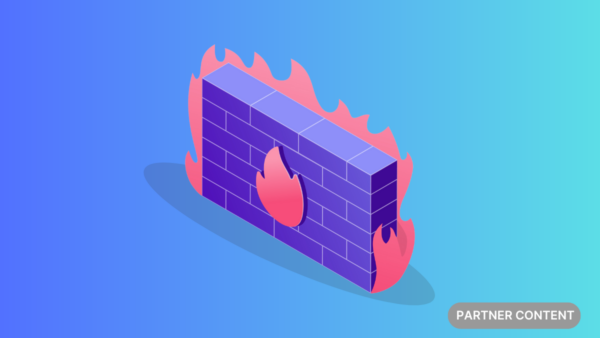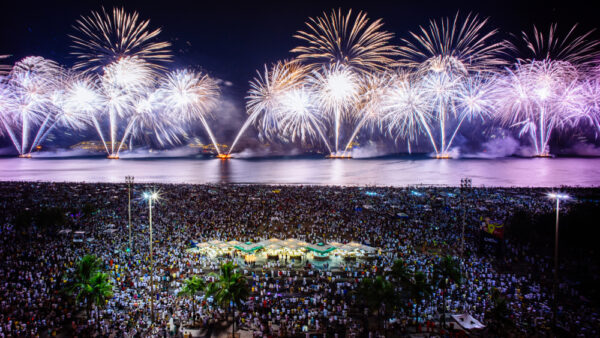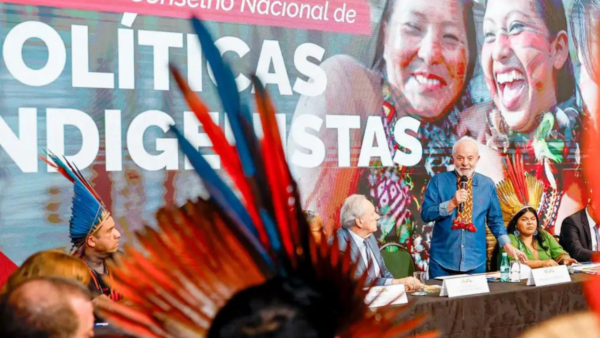This marks the 150th anniversary of the end of the bloodiest conflict between South American nations in the region’s history. The Paraguayan War, or the War of the Triple Alliance, consisted of a six-year clash between Paraguay and a coalition between Brazil, Argentina, and Uruguay.
The total number of casualties is unknown, but revolves around 450,000 people — with over 300,000 of them Paraguayans, leading the country to almost complete destruction and leaving scars still felt today.
The conflict began over a border dispute. As a landlocked nation close to the geographical center of South America, Paraguay’s only access to the ocean came through the Paraná and Uruguay rivers, controlled by Argentina and Uruguay.
When Brazil intervened in the Uruguayan Civil War of 1864, Paraguayan dictator Solano López saw an opportunity to use his large army to take control of the Río de la Plata Basin and finally give his country an exit to the sea. Paraguay captured a Brazilian ship and invaded parts of the state of Mato Grosso.
After it expanded its aggressions to the Argentinian province of Corrientes, Brazil, Argentina, and Uruguay formed the so-called “Triple Alliance,” which soon turned the war into their favor. At the Battle of the Riachuelo in 1865, Brazil destroyed a large part of Paraguay’s navy and Argentina pushed Paraguayan forces out of Corrientes and San Cosme.
By 1868, after years of decisive losses, the Paraguayan Army was exhausted. In a military push known as the Dezembrada, the allies occupied the Paraguayan capital of Asunción. Brazil demanded the surrender of Solano López, but the dictator fled to the countryside, leaving the allies to form a provisional government in his absence.
The war then entered its final and perhaps most brutal phase, known as the Campaign of the Hills. Allied forces sent expeditions into the Paraguayan countryside to search for (and kill) Solano López. Over two years, thousands of Paraguayans were killed until López was captured and killed in 1870. By this point, an estimated 60 percent of the entire population of Paraguay had died in the conflict.
Echoes of a bloody past
The Paraguayan War came at a time when South America was shaping itself as an independent region, with internal struggles for hegemony causing a series of conflicts. The sheer devastation of the Paraguayan population meant the country took the best part of a century to recover — and it could be argued that the result of the war has defined relations between the four combatant countries until today. The Brazilian Report spoke to historians Rodrigo Basílio and Alexandre Lara to analyze the legacy of the bloody war, 150 years on.
The war was largely caused by struggles over borders from all sides, not just from Paraguay’s desire to gain an exit to the sea. Are these territorial issues still present today?
Rodrigo Basílio: Essentially, after the war, Paraguay became a frail republic with an increasing presence of Brazilians. It was a fragile country that largely surrendered to Brazilian interests.
Alexandre Lara: The territorial issue is key to the formation of Latin American countries at the end of the 19th Century. Brazil became an influential hegemon because of its size, but I’m not sure whether these border tensions still exist today. For example, we now have the Itaipu Dam, shared between Brazil and Paraguay, which is a huge asset for both sides.
How did the war influence foreign affairs in South America? Does it have any reflection on modern-day structures such as Mercosur, of which all four countries are now members?
Basílio: The Paraguayan War consolidated borders and individual national projects. But in economic terms, Brazil and Argentina developed agro-exporting models, meaning our biggest negotiations do not happen in South America, instead they are with countries in the northern hemisphere. Mercosur was a political attempt to establish trade ties, but Brazil and Argentina are much more focused on foreign markets, making Mercosur more fragile.
Lara: The winners — with the exception of Uruguay — went on to influence the region. Brazil and Argentina end the war as hegemons. You have a trade bloc in the 1990s with Mercosur, but Brazil and Argentina still have some conditions to exert their supremacy. In a normal common market, you do not have trade barriers. But when it comes to key products such as beef, Argentina will still enforce barriers.
The Brazilian Armed Forces have held a prominent political role in the country, and some historians trace this back to the Paraguayan War. Would you agree with that theory?
Basílio: The end of the monarchy in 1889 did not end the idea of having a “moderator power.” The military took over as the so-called protectors of the republic. When we look at the history of Brazil, it is a story of military interventions in the political game, mostly through institutional disruption. This is a process that goes through the entire republic and starts with the political-institutional strengthening of the Brazilian army post-Paraguayan War.
The Paraguayan War will be the largest and the last war in South America. In spite of that, national armies remain quite strong, becoming political protagonists in Brazil, Chile, Argentina, Paraguay, Uruguay. They went on to launch coups in the 1960s and 1970s, they sponsored dictatorships. After the end of the war, the “enemy” was no longer external, if was internal: workers, trade unionists, peasants.
Lara: The Brazilian army was credited with the victory of the Paraguayan War and became a powerful institution, interfering in politics. During the republic’s history, the army has always been a leading player or an onlooker from the sidelines, with civilians acting in politics with the army’s approval. Then we had the 1964 coup. In the current government, these issues are becoming controversial again.
Timeline of the war
Legend: ⚠️ marks a turning point, 💥 marks a battle.
October 1864. Brazil invades Uruguay
November 1864. Paraguayan troops capture Brazilian ship Marquês de Olinda, which carried the soon-to-be governor of Mato Grosso.
⚠️ December 13, 1864. Paraguayan dictator Solano López declares war against Brazil.
December 27, 1864. Paraguayan soldiers invade Brazil, attacking the Coimbra fort in Mato Grosso.
January 7, 1865. Brazilian Emperor Pedro II creates the Volunteers program, aiming to boost the Army’s ranks.
⚠️ May 1865. Brazil, Argentina, and Uruguay create the “Triple Alliance.”
💥 June 11, 1865. Battle of the Riachuelo. The Paraguayan fleet is defeated by Brazil after a failed surprise attack. Paraguay loses access to the ocean through the river.
June 1865. Paraguay invades Uruguaiana, a city in Brazil’s southernmost region.
💥 May 24, 1866. Battle of Tuiuti, the bloodiest in South America’s history, involving roughly 50,000 soldiers. The Paraguayan army strikes by surprise, but Brazilian General Manuel Osório is able to reorganize the troops and wins the battle, causing severe casualties to Paraguay.
💥 September-June 1866. Battle of Curupaiti. Largest allied defeat in the war. Marks a turning point on the public opinion about the war and recruiting falls dramatically.
⚠️ September 1868. Allied army takes over the Humaitá fort, a key defense point.
💥 December 1868. “Dezembrada.” Allied army wins the battles of Itororó, Avaí, and Lomas Valentinas, on its way to Asunción.
⚠️ January 1, 1869. The allied army captures Assunción; the city is pillaged by Brazilian soldiers.
💥 August 16, 1869. Acosta-Ñu Battle. The allied army, led by Brazil, slaughters Paraguayan youths recruited as soldiers, while Solano López flees with what is left of his troops. Besides the obvious imbalances, the Brazilian army had roughly 20,000 troops in the battle, while Paraguay had something between 500 and 3,000 men.
⚠️ March 1, 1870. Paraguayan dictator Solano Lopez is captured and killed.










 Search
Search






































